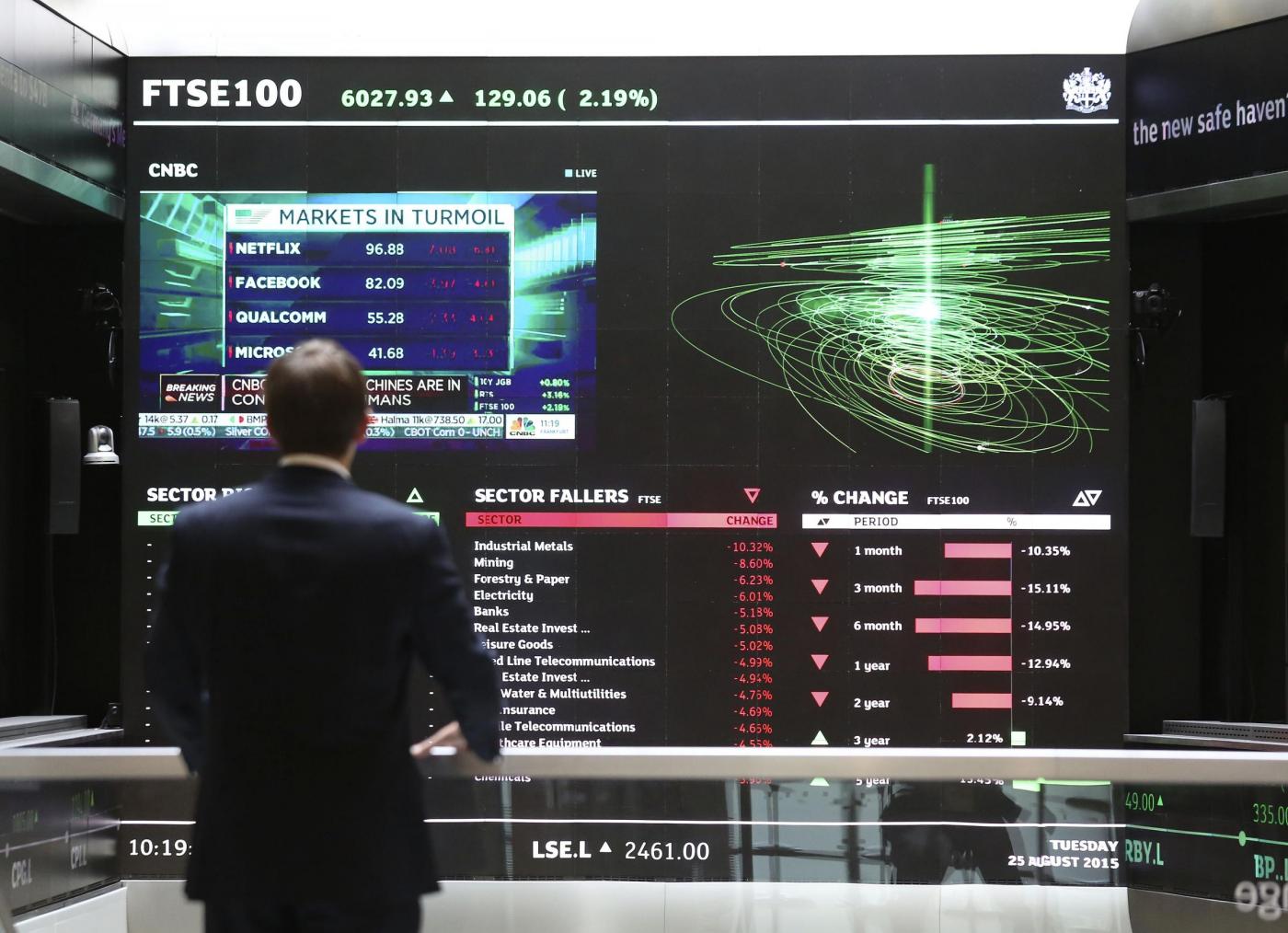From the US dollar to the divergences in the EU to the Chinese financial cycle. There are four distinct phases of the financial cycle, corresponding to the evolution of financial leverage in an economy. To identify them Jens Søndergaard, Currency Analyst at Capital Group.
The first phase concerns the US financial cycle which is very strong. The United States stands out as one of the few countries experiencing an acceleration in both the real estate and credit components of the financial cycle, which bodes well for US economic growth in the coming years. In particular, the surge in house prices in the United States has given a new impetus to the financial cycle. The baseline prediction is that it will peak and begin transitioning to phase 1 in late 2023 or early 2024. However, this is beyond the 2022 peak we expected prior to the outbreak of COVID-19.
The second phase concerns the stronger US dollar and a weaker Euro that may be in sight. Europe is seeing a slower recovery from the economic crisis, due in part to a less aggressive eurozone fiscal and monetary policy response to the pandemic. We expect the euro zone cycle to approach its peak in early 2022, about two years before the US cycle. All of this should be bullish for the US dollar and bearish for the euro.
Third stage concerns divergences within the EU could pose a dilemma for the ECB. Experts are skeptical that we will see a sharp acceleration in Germany’s financial cycle. Right now, Germany’s cycle is strong, driven by a booming real estate market. But according to expert forecasts, the cycle will peak and transition in 2022, especially as German nominal income growth forecasts are not strong enough to support house price increases.
Lastly, China’s financial cycle is peaking. After a surge from the depths of the global financial crisis, China’s financial cycle appears to be at its peak. The long spike reflected massive leverage by Chinese households and businesses, and got a further boost from government stimulus in 2020 in response to the pandemic. Now, the Chinese authorities are trying to manage the growth in house prices and credit to ensure that the economy gradually slows down without triggering a smessy deleveraging cenario. We expect this to hit the economy with a delay of around 12 months, the analyst concludes. If it does, it will be a headwind for global growth and commodity prices, with a potential negative effect on emerging market currencies.
